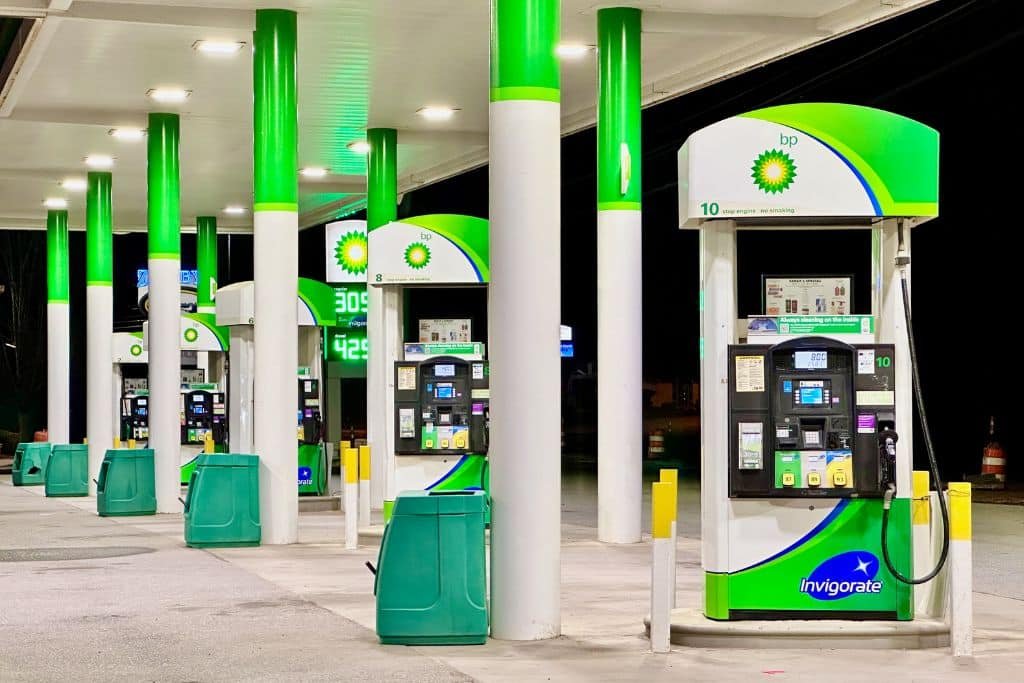Summary
BP has announced a significant shift in its investment strategy, opting to cut funding for renewable energy initiatives while significantly increasing its investments in oil and gas. The British multinational company plans to raise its oil and gas investments by approximately 20%, targeting an annual expenditure of around $10 billion.
Concurrently, BP will reduce its funding for renewable energy and related technologies by over $5 billion, limiting it to between $1.5 billion and $2 billion annually. This strategic reset is a response to the company’s need to enhance performance and reduce net debt. BP’s CEO, Murray Auchincloss, claims that the company had transitioned too rapidly away from fossil fuels, suggesting that its confidence in green energy had been misplaced. This decision aligns with a broader trend among major oil companies, as many are scaling back their clean energy commitments amid increased pressure from economic and political factors.
Highlights
- 🌍 BP is increasing oil and gas investments by 20%, reaching $10 billion annually.
- 💡 Renewable energy funding is slashed more than $5 billion, reduced to $1.5-2 billion yearly.
- 📉 BP’s CEO admits the company transitioned “too far, too fast” from fossil fuels.
- ⚠️ The International Energy Agency warns against new fossil fuel projects to meet climate goals.
- 🏦 Major banks and financial institutions are withdrawing from climate alliances, signaling reduced focus on sustainability.
- 🔥 Global greenhouse gas emissions from fossil fuels have reached record highs in 2023.
- 🔄 The shift reflects a broader industry trend as rival companies also decrease clean energy investments.
British rival Shell and other major oil companies have also cut back on clean energy pledges in recent months.
—
BP will cut its renewable energy investments and instead focus on increasing oil and gas production.
The British multinational announced its plans on Wednesday, describing it as a “strategic reset” as it looks to boost performance and reduce net debt. As part of the new strategy, the company will grow oil and gas investment by about 20% to $10 billion per year and production between 2.3 million and 2.5 million barrels of oil equivalent per day in 2030.
Funding for the energy transition – including renewables, hydrogen, biogas, biofuels, electric vehicle charging, and carbon capture and storage – will be instead cut by more than $5 billion to $1.5-2 billion yearly.
BP’s carbon-cutting target had stood out as one of the industry’s most ambitious when it was announced in 2020. But this week, BP’s Chief Executive Murray Auchincloss said the company had gone “too far, too fast” in transitioning away from fossil fuels, and that its faith in green energy was “misplaced,” the BBC reported.
The burning of coal, natural gas, and oil for electricity and heat is the single-largest source of global greenhouse gas (GHG) emissions, the primary drivers of global warming by trapping heat in the atmosphere and raising Earth’s surface temperature. Global fossil fuel consumption has more than doubled in the last 50 years, as countries around the world aim to improve their standards of living and economic output. In 2023, all three of the most potent GHGs – carbon dioxide (CO2), methane, and nitrous oxide – reached record highs.





